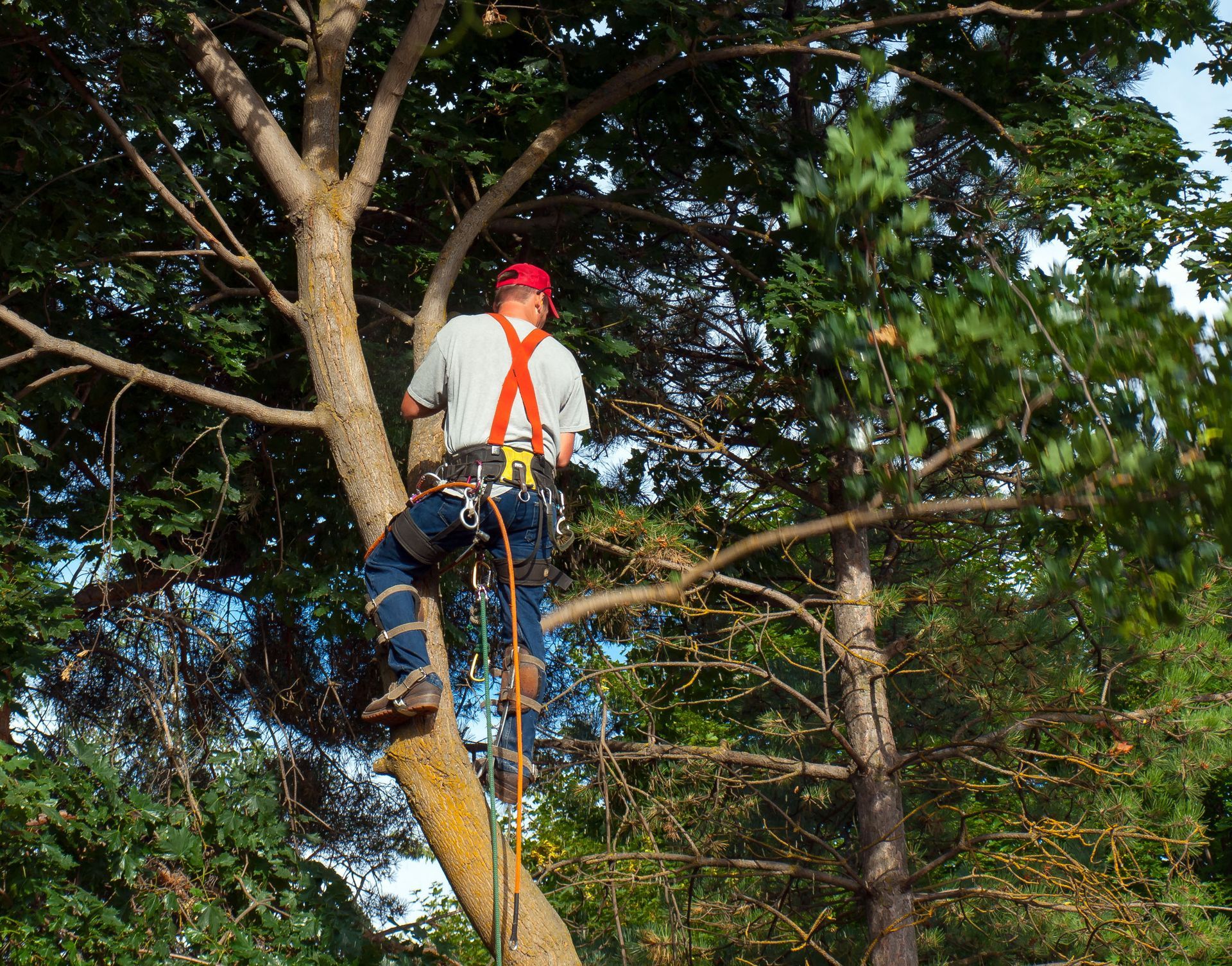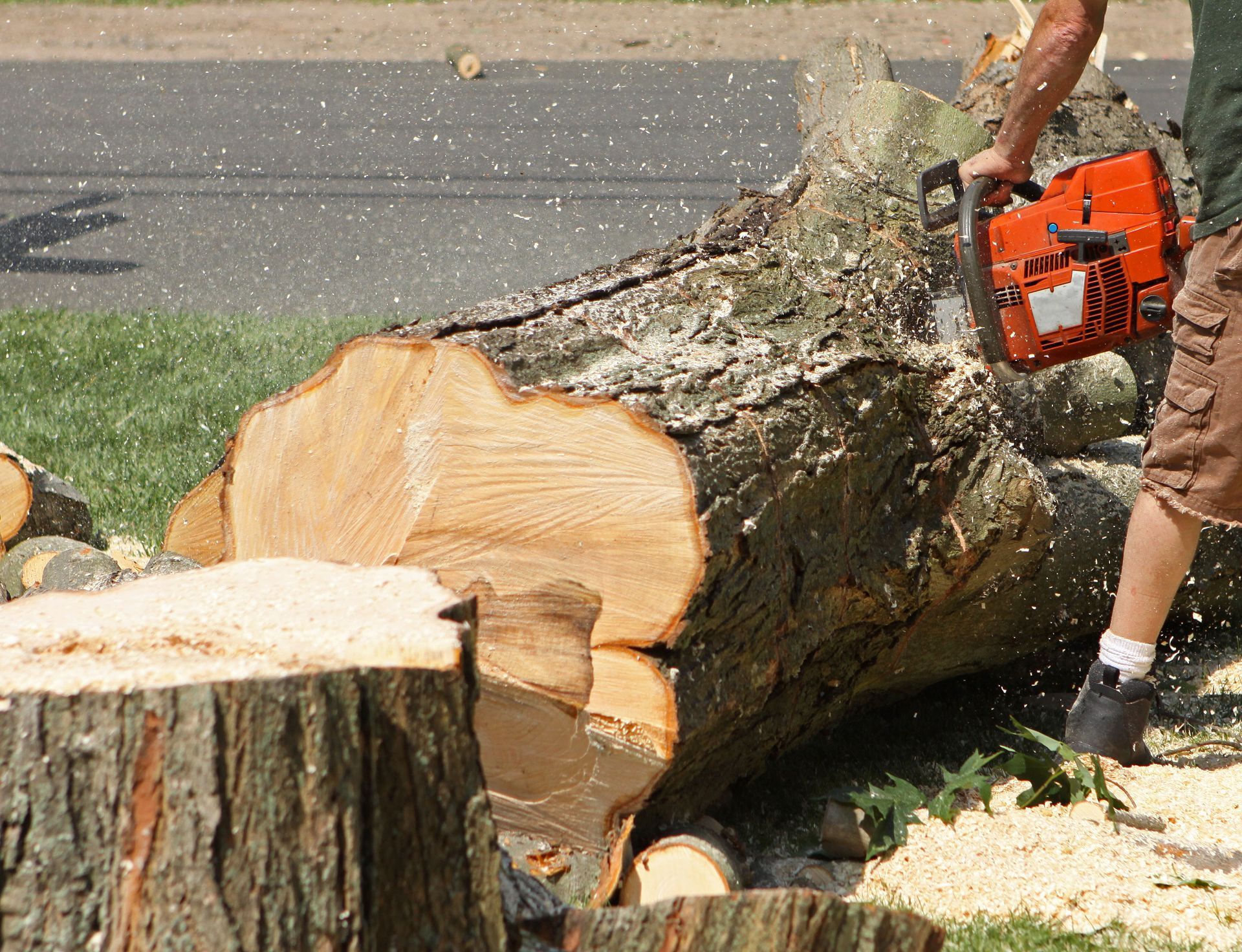October 1, 2025
Healthy trees offer numerous benefits, including shade, beauty, and habitat for wildlife. However, trees that become hazardous due to damage, disease, or poor positioning can pose serious risks to property and personal safety. Timely removal of these trees is essential to maintain both the safety and aesthetics of your landscape.
Neglecting warning signs can lead to costly property damage, increase the likelihood of falling limbs, and even create safety hazards for family members or visitors. Regular inspections and maintenance are key, and knowing when to call in professionals ensures your landscape remains both attractive and secure. Let's discuss specific signs that could mean you need to call in the experts for tree removal.
Visible Signs of Tree Damage
Cracked or broken limbs are often the first visible indicators that you may need tree removal. When limbs are damaged, they become unstable and may fall unexpectedly, posing a danger to people, pets, and property below. Regular inspections can help identify these issues early, allowing for preventive action before the situation worsens. In some cases, pruning may be sufficient; however, severely affected trees may require removal to ensure safety. An experienced arborist can assess whether the tree can be saved or if complete removal is the best and safest course of action.
A splintering trunk suggests potential structural issues within a tree. This kind of damage can weaken the tree, making it more susceptible to falling during storms or high winds. Splintering is often accompanied by other symptoms like dying branches or bark loss, which can indicate deeper internal problems. Addressing a splintering trunk promptly is crucial since delayed action can result in more extensive property damage or injury. Professional assessment is vital to determine if the tree can be stabilized or if removal is necessary for safety.
A tree that suddenly begins to lean may have root damage, which can lead to instability. Leaning can also result from natural growth patterns, but a significant change in angle is often a red flag. It's important to distinguish between gradual leaning and sudden shifts, as the latter typically indicates a more severe issue. An experienced arborist will carefully evaluate the tree's roots and surrounding soil to ascertain the extent of the problem. Especially when the lean threatens nearby structures, immediate attention and corrective action are required.
Signs of Pest Infestation
Borers are insects that create tunnels inside the trunk and branches of trees, which can severely compromise their structural integrity. These pests are often detected by tiny holes on the tree's surface or sawdust around the base. A tree suffering from a borer infestation may weaken over time and could eventually require removal to protect property and ensure safety. Borers are also known to increase the likelihood of secondary infections, compounding the problem. Removing an infested tree promptly can prevent these pests from spreading to other healthy trees nearby and reduce further damage.
Ants and termites can infest trees that are already weakened by disease or damage. Their presence indicates existing internal decay, as these pests often target soft, rotting wood. If left unchecked, they can hasten the decline of a tree, making it more of a hazard to nearby structures and people. Preventive treatment and removal of infested trees can protect other trees and surrounding property from infestation. Professional arborists can provide both treatment and removal services to manage such pest issues effectively and safely.
Fungal growth is a clear indicator of decay within a tree. It often appears as mushrooms or shelf fungi, signaling that the wood is rotting from the inside. Fungi feed on the structural elements of the tree, causing it to be progressively weaker and more prone to falling. Immediate intervention is critical because an infested tree can fall without warning, especially under stress from wind or rain. A professional evaluation for tree removal will determine whether cutting down the tree is necessary to prevent further spread of the fungus and protect surrounding plants and structures.
Disease Symptoms in the Tree
Discolored or wilting leaves are often the first noticeable signs of disease in a tree. They may indicate root issues or nutrient deficiencies that can compromise the tree's health over time. Trees showing these symptoms should be evaluated by a professional who can diagnose the specific problem. If untreated, diseased trees could spread pathogens to nearby vegetation. Removal might be essential to stop the disease cycle and protect surrounding plants.
Fungal growth or cankers on a tree's bark may signal serious internal damage. Cankers are dead sections of bark and wood that kill patches of the tree, often leading to its demise. These vulnerabilities can become entry points for insects and diseases, further affecting the tree's health. When these symptoms emerge, they may precede significant tree failure. An arborist can assess disease severity and propose tree removal if it poses a risk to surrounding flora or property.
While trees naturally shed leaves as a part of their life cycle, abnormal leaf fall can indicate stress or disease. Unseasonal or unusual patterns of leaf drop, especially when occurring outside of normal shedding times, are a signal of underlying issues. Several factors, including pests, disease, or environmental stressors, may be responsible. Consulting with a professional can uncover the root cause and determine if removal is the safest option. Effective management of these signs can prevent further complications in your landscape.
Recent Extreme Weather Damage
Extreme winds can severely affect trees, leaving branches cracked or broken. These damaged branches are prone to falling unexpectedly, posing immediate threats. In cases where structural integrity is compromised, trees may require removal. Post-storm assessments by professionals help identify and address dangerous conditions promptly. With widespread severe weather events on the rise, proactive management of affected trees can prevent accidents and property damage.
Lightning strikes can cause significant damage to trees, resulting in split trunks or scorched branches. The intense heat can cause internal damage, increasing the likelihood of the tree weakening and eventually falling. Trees that survive a lightning strike still pose potential risks, as hidden damage can lead to delayed structural failure. Professional evaluations are essential after such events to determine the tree's safety. Removal might be necessary to eliminate safety hazards associated with lightning-damaged trees.
Flooding often results in root damage due to waterlogged soil, which can suffocate tree roots. Prolonged flooding can also lead to root rot, undermining the tree's anchoring and stability. Such conditions make trees more susceptible to falling during subsequent storms. Arborists can assess impact severity and offer solutions like drainage improvements or tree removal. Effective root management is critical when safeguarding trees against extreme weather effects.
Recognizing when to call for professional tree removal services can prevent property damage and ensure safety. By understanding these signs, homeowners can make informed decisions about managing their landscape. Proactive tree care not only safeguards personal and public safety but also enhances property value and aesthetics. According to Rentalex, over seven million stumps are removed through grinding each year throughout the United States, highlighting how often stump removal is needed to maintain safe and usable outdoor spaces.
When in doubt, consulting with a certified arborist can provide valuable insight and direction. Invest in maintaining a healthy and hazard-free landscape to protect your home and environmental resources. For expert tree removal and stump grinding services, contact Shamblin's Tree Service today to keep your property safe and beautiful.




